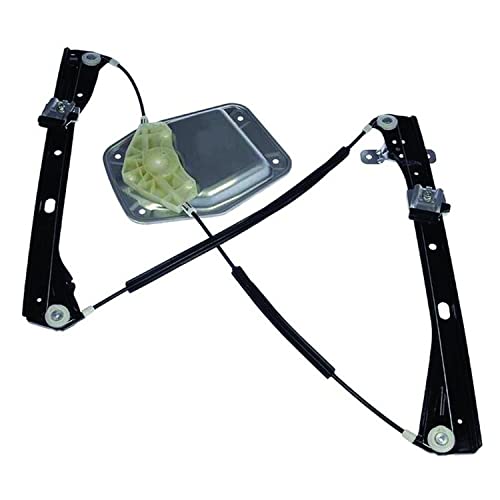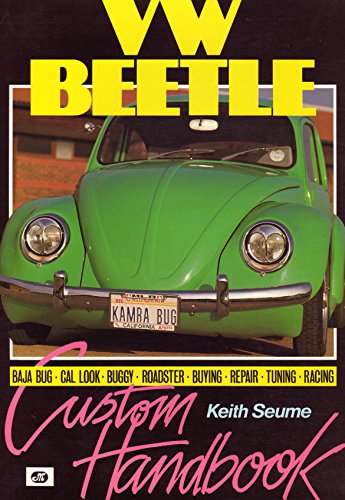Really, you don't say. And here's me having ripped cable from a substation to wire me bus. Feels like you are trying to bait me, but i will assume not as this is a friendly forum.
Read the rest of the thread, i didn't wake up yesterday and decide to "have a go at wiring".
Cable size is always referred to as a csa measurement, or number of strands/csa (of the strands) or AWG (where higher number refers to thinner cable), never diameter. I think it is clear that i'm not fitting cables of 16mm diameter and i think you know that. Even the 40mm squared battery starter cable is not that big.
I dont have the facility/haven't sussed how to add the little 2 on my keyboard, but thanks for the helpful comment.
You assume correctly!
Please keep in mind that not everyone is acquainted with the various different national and international conventions. Part of my professional remit as a teacher and technical writer / editor, has always been to question potential sources of confusion or ambiguity, so please don't take it as a personal sleight. Many of my students (typically GCSE & GCE "A" Level candidates, plus occasional undergraduates) seem unable to visualise typical sizes or quantities in any common measurement system, whether it be Imperial or metric!
Given your acquaintance with electrical wiring and circuitry, you will probably be familiar with the convention of using
i and
I to distinguish between instantaneous, sinusoidally varying AC current and peak AC current / constant DC current. When dealing with AC current theory, one uses the alternative convention of adopting
j as the symbol for the square-root of negative one (an imaginary number) rather than
i as used by mathematicians; enabling one to determine phase differences between current and voltage wave-forms.
The little
2 or superscript
2 can be found in the
Symbol section of the
Insert menu of
Word for Windows, which can then be copied and pasted into one's posts on virtually any on-line forum. There are many other useful symbols and characters to be found there, which I recommend you to investigate, including the little
3 or superscript
3, as used in
cm³ for general volume measurements and engine displacements / swept volumes
.
The little raised hollow circle symbol
º as used for degrees of temperature or angles, is also quite useful.
The symbol for micro in micrometres, is the Greek letter
mu, written as
µ like the letter
u with a tail.
One symbol which was commonly used, especially in relation to atomic spectra, was the letter
A with a little hollow circle above the apex
Å, which is a special letter in Swedish, that is used to denote an Ångström unit which is equivalent to 0•1 nanometres. The wavelength of the yellow light to which the human eye is most sensitive, would be written as 555 nm or 5550 Å, where the
Å should not be confused with
A for ampere.
To make decimal fractions clearer, I choose to use the mid-height large-dot symbol • rather than a faint full-stop. It hopefully also minimises the likelyhood of confusion between the contradictory use of full-stops & commas in numbers written the British way versus the European way!
Here are a few more that I use on a regular basis, in addition to the many special letters with accents in French, German, Spanish, Swedish, Czech, Polish and other written languages:
¼ ½ ¾ ± ® ™ © « »
On my ancient third-hand, early-1990s vintage 486 desktop computer, there was also a simple way of using keyboard commands with four-digit ASCII codes when certain other keys are depressed (I cannot reliably remember which, but I think the ALT key was involved), to incorporate a large variety of useful symbols and characters.
 and the radio. I also added a few extra cables incase I decided to add a rev counter and other stuff. The Shinked wrapped the bits that went under the bus. Internal cable went under the floor etc. lf I can find my photo I'll add it later.
and the radio. I also added a few extra cables incase I decided to add a rev counter and other stuff. The Shinked wrapped the bits that went under the bus. Internal cable went under the floor etc. lf I can find my photo I'll add it later.


































